Crate training, when done properly, can provide you and your new dog with many benefits. For you, it provides a simple and cost-effective way of keeping your new furry friend comfortable and safe when you aren’t able to provide supervision.
While for your new dog, a crate can be a personal place that is all their own and a relaxing break area where they can escape the busy-ness that might be your home life at times. Crate training can also be very helpful with potty training, as dogs are naturally against soiling where they sleep!
Now that we’ve covered some of the benefits, let’s take a look some of the top crate training tips for your new dog:
10. Pick an Appropriate Sized Crate
This tip is especially important in terms of potty training, it’s vital that the crate isn’t too big. If it is, your new dog will go to the bathroom in it. The general rule for determining the proper crate is making sure there is just enough room for your dog to stand up, turn around, and lie down comfortably without an abundance of extra space.
9. Make Their Crate a Positive Place
The crate should be a happy place for your new furry friend! It should only be associated with good things so they want to be in it either by choice or when necessary. Giving your dog treats occasionally when they enter their crate and filling it with their favorite toys, comfy blankets, and other familiar items will also help them see it as their personal sanctuary.
8. Leave the Door Open
Leaving the door open so your new dog always has access to it, allows them to actively decide on their own to go relax in their space. This helps your dog establish the crate as their “den”, which goes a long way in establishing it as a safe and comfy environment.
7. Feed Your Dog in Their Crate
Feeding your new dog in their crate creates a good association for your dog, which helps make the crate training process much easier. When feeding your new dog in their crate, you can choose to leave the door open at first or shut it and then let them out once they have finished their meal.
6. Start out with Short Sessions
Please don’t just lock your new dog in a crate and expect them to make it through 4 hours let alone your average workday and be incident free. You will have to build up duration. In the beginning, stay out for just a few minutes. You can increase the period of time you’re outside over the course of several training sessions.
5. Don’t Let Your Dog Out If They Cry!
We feel your pain and know the heart-wrenching pull those pitiful cries have, but please don’t make this mistake. If you let your dog out when they cry, all you’re doing is re-enforcing the idea that to get out, all they have to do is cause a ruckus. That is why it’s important, even if your dog has to go potty, that you should wait until they are quiet before letting them out.
4. Short Periods When Your Home
It is very easy to overlook this tip because as dog lovers we want to be close by and cuddled up to our furry friends when we’re home. For many dogs, it’s easy to go in the crate and be quiet when their owners leave, but it’s a hard pill to swallow for most dogs when they are asked to be temporarily confined while life happens around them. Practice putting your dog in their crate while you are home and rewarding them for being quiet. Also, always remember to let them out before they decide they just can’t take it anymore!
3. Leave the House
Once your new dog has learned to stay in their crate alone, you can start leaving the house for the next phase of crate training. You should avoid locking up your new dog just before going out. Instead, give them some time to get settled in before leaving. It’s also a good idea to continue to use the crate when you’re at home as well to avoid the association between the crate and your absence. Also, remember to never leave your dog confined to their crate for longer than their bladders can handle.
2. Crate Your Dog at Night
When bedtime arrives, command your new dog to get into their crate, make sure to praise them and give them a treat before closing the door. This should be easy if you have helped your dog establish their crate as their ‘den.’ But, keep in mind that if your dog is used to eliminating during the night, you have to continue to wake up and maintain their overnight bathroom routine.
1. Never Use Their Crate as Punishment
If you crate your dog as a punishment, you’re using it as a prison when it should be your dog’s special place to escape when they wish. Don’t create “Crate Hate” by using their crate as a punishment or a “time out” as a result of their bad behavior, when likely their bad behavior is a result of your lack of training or consistency.
Now it’s time to put this blog post to bed, I hope you enjoyed this informative look at the top cate training tips! If you use any of these tips and have success, share it with us on social media by tagging us in your posts with @cuddleclones!

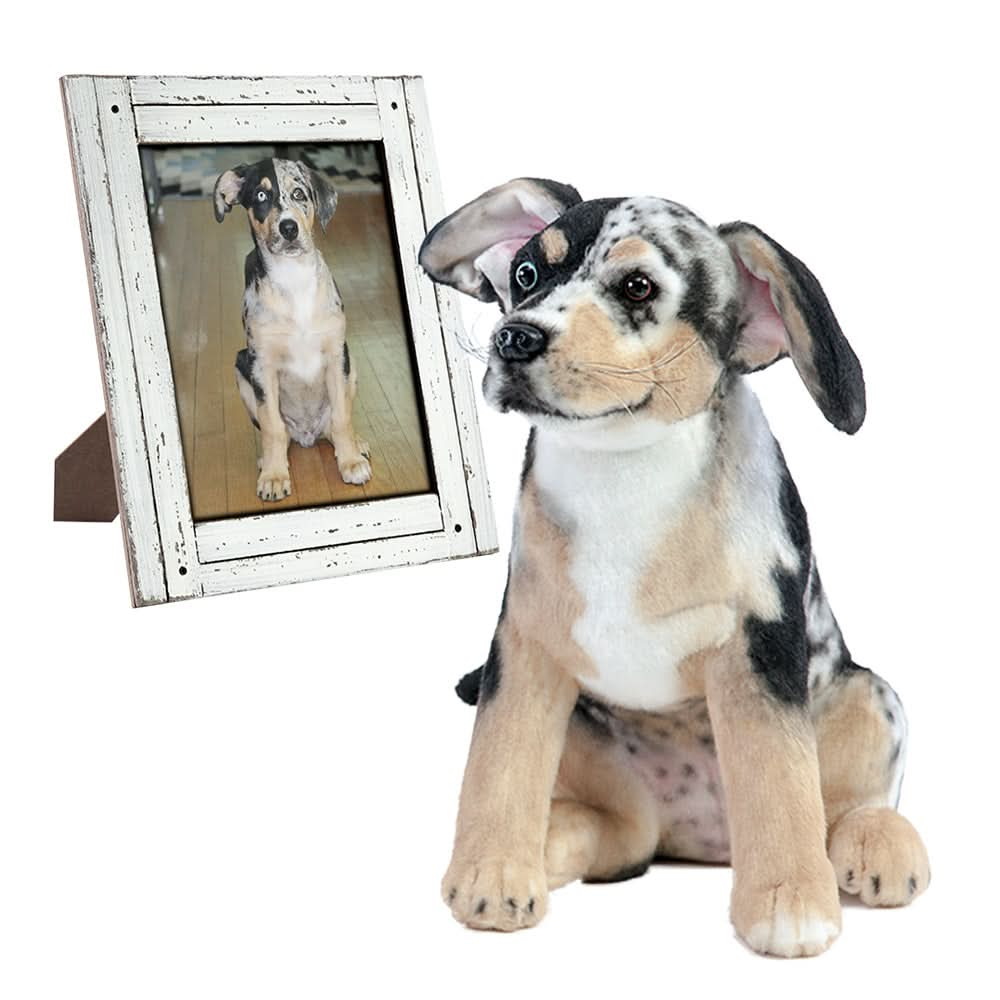
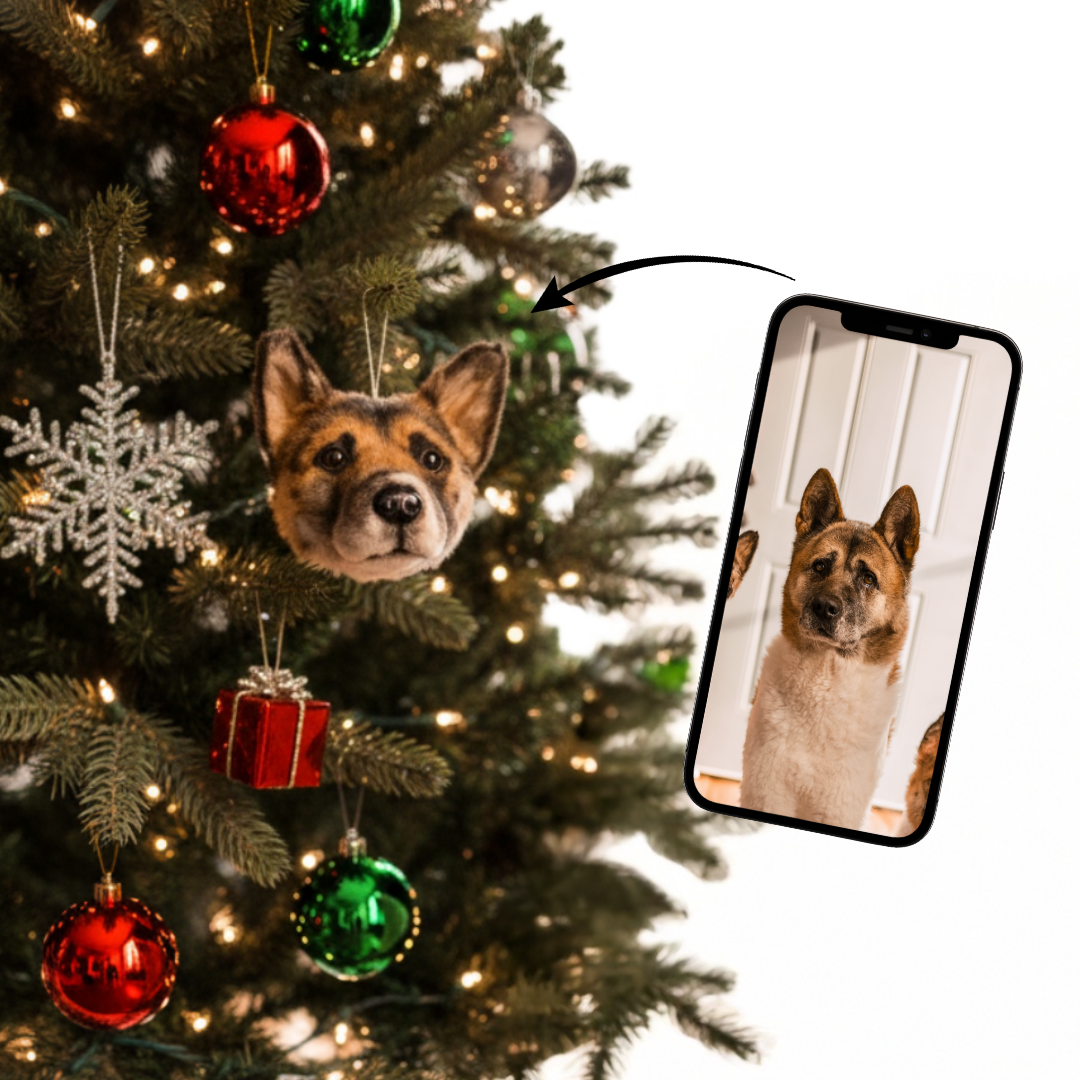
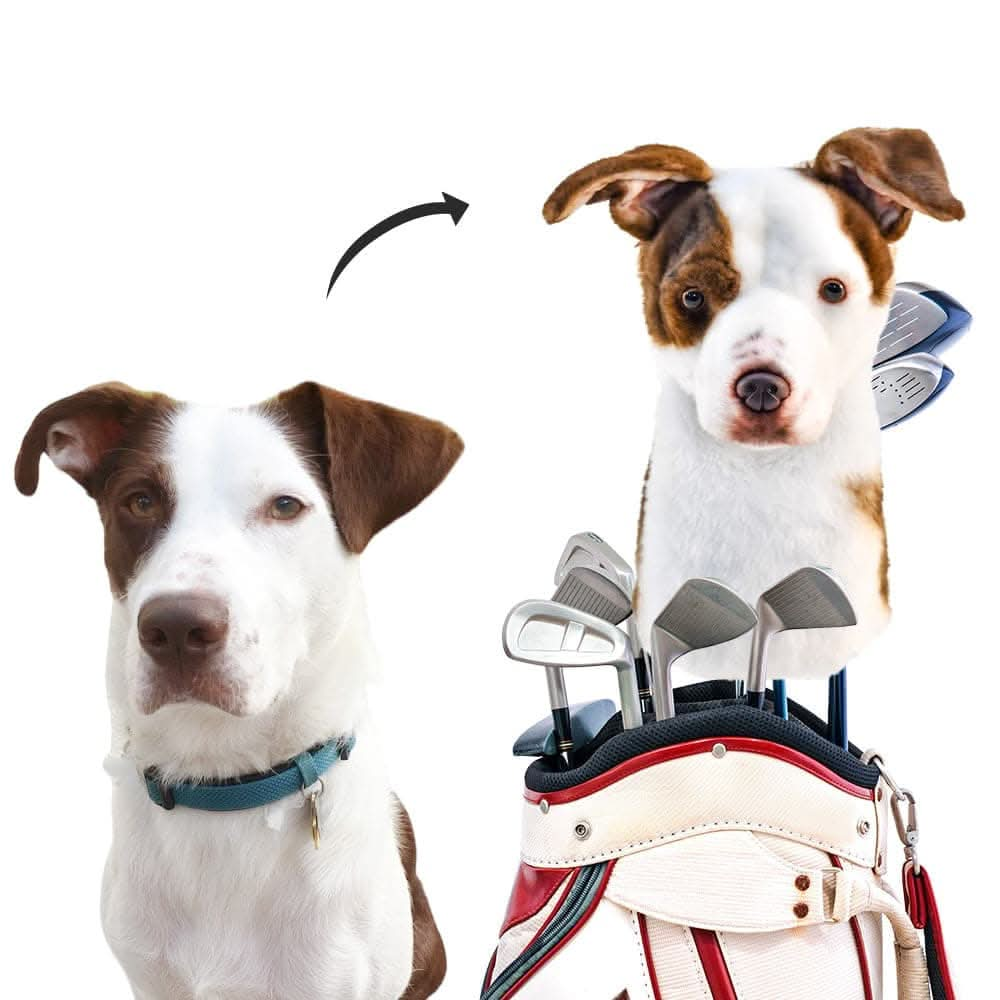

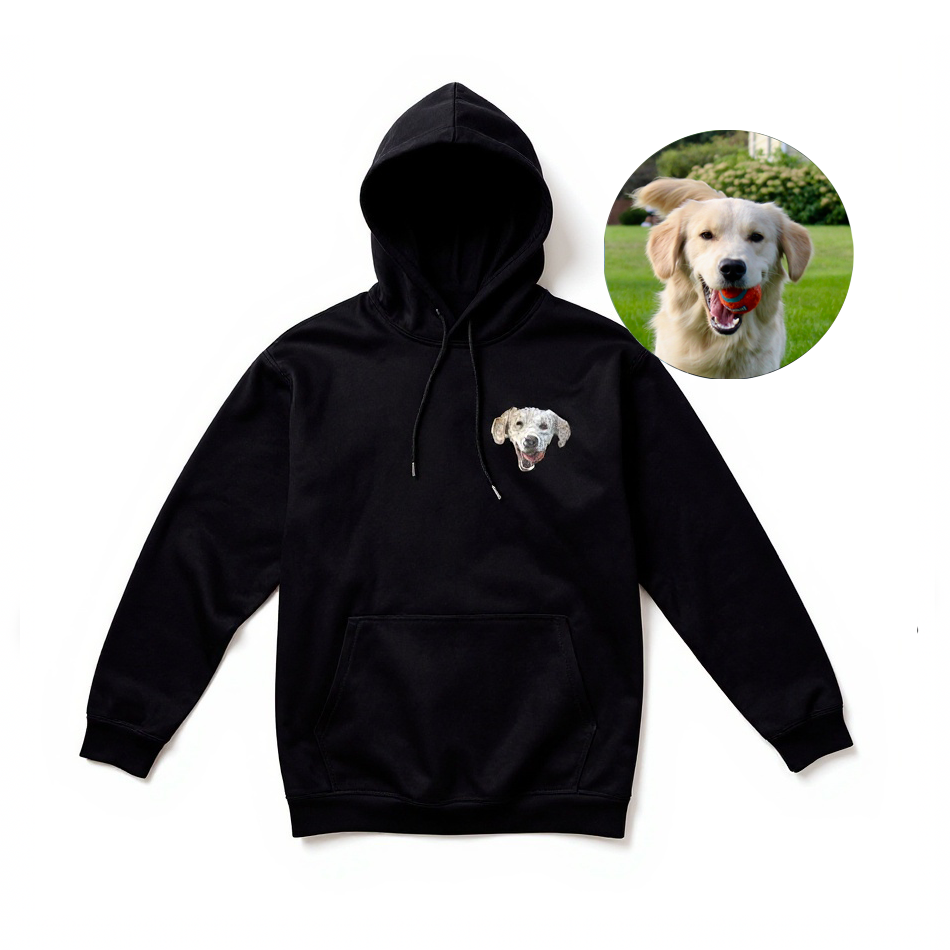

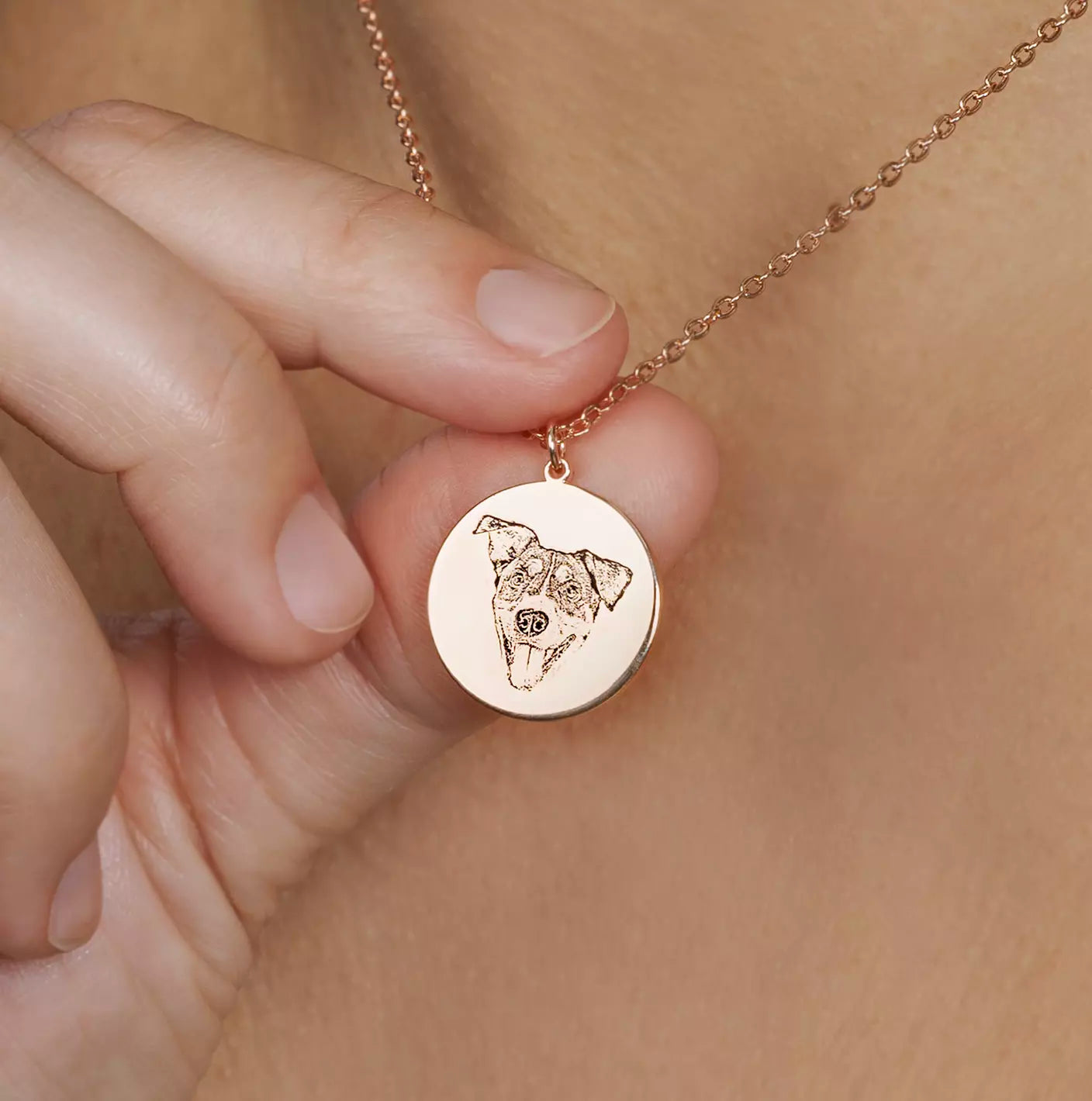
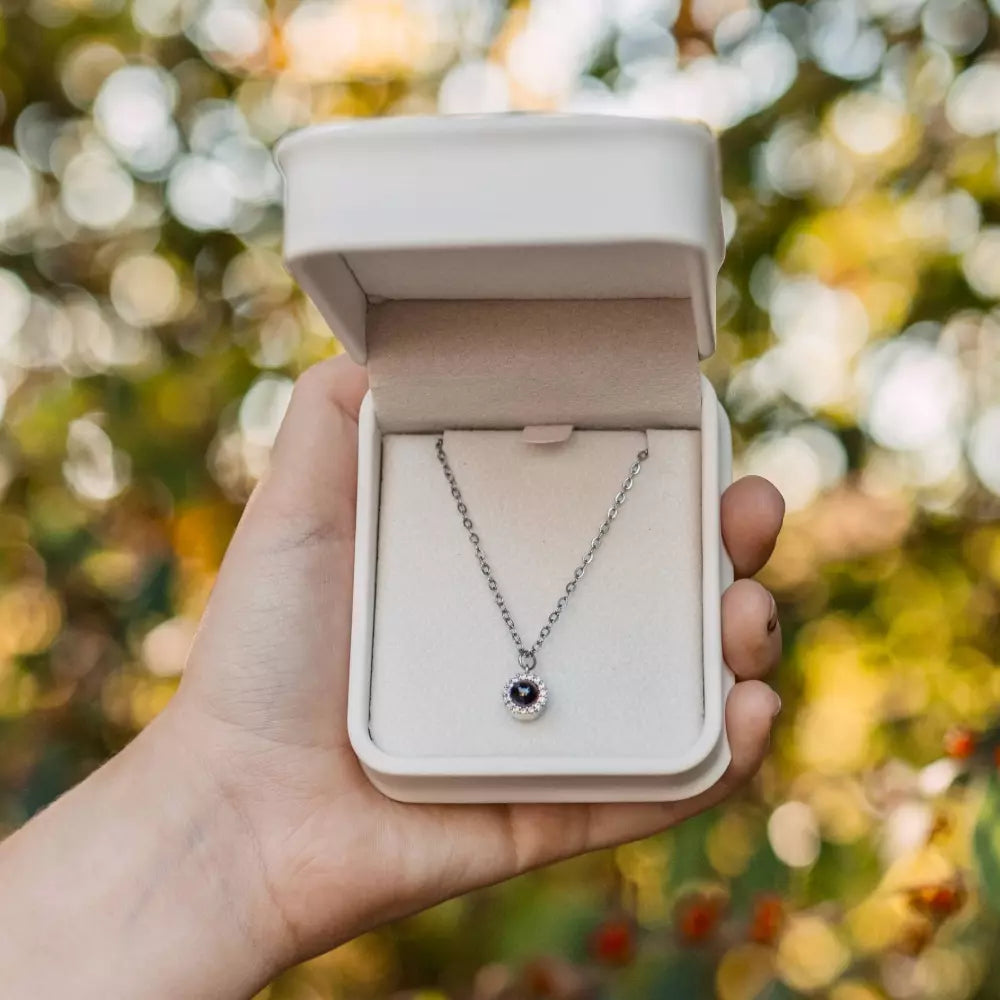
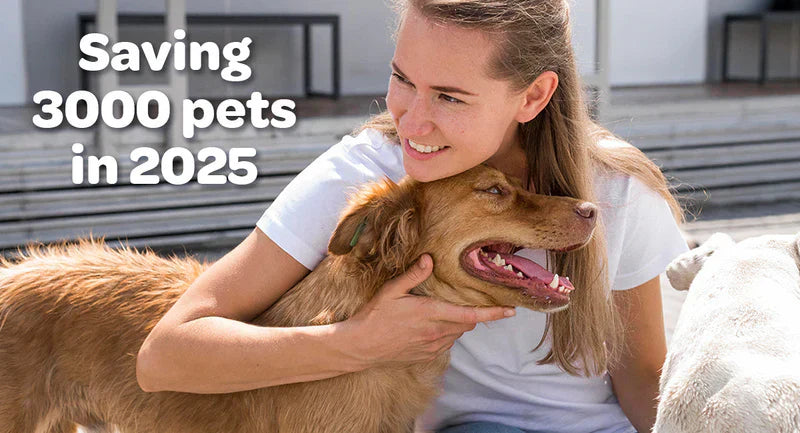
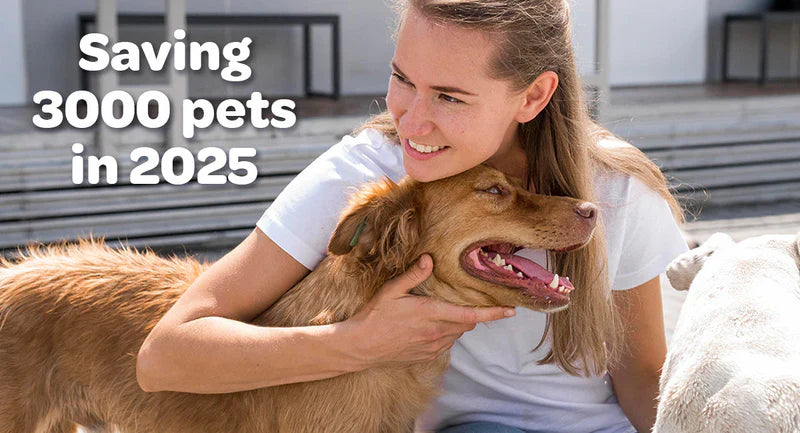

Leave a comment (all fields required)